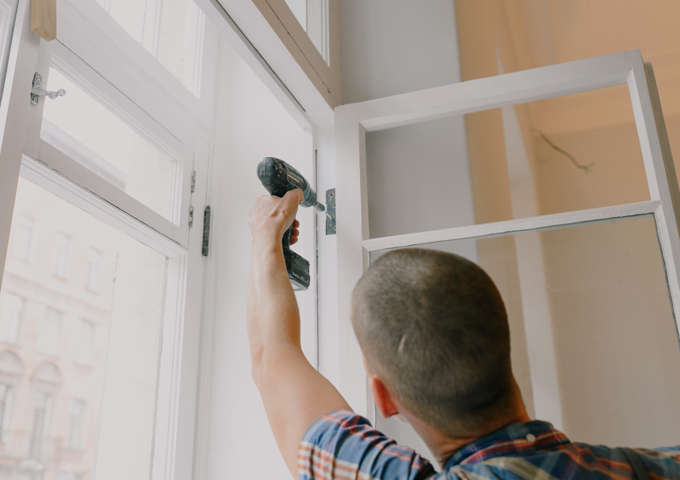
Most people who are looking to optimize their space will want to think about the finer details. This is going to include looking at the idea of managing sound that travels through space. You will want to take a look at what can be done to keep the sound where it is rather than having it spread. This is done with the help of sound insulation, as you begin to understand how sound absorption works.
It might seem like it is simple to understand but you will want to know what the difference is between insulation and absorption.
Defining Sound Insulation
Sound insulation refers to the idea of soundproofing.
This is when you are going to use materials to help keep the space within a specific space. This is similar to the idea of retaining heat in the form of thermal insulation. Yes, some sound will get past the insulation, but most will stay where it should. This helps reduce the amount of sound transferring that takes place.
A lot of people will note this down as being “sound isolation,” and that can work as a usable term too.
This is often the case for those who are setting up a music studio. The sound has to remain where the music is played, and that tends to happen with so many things happening inside the studio at the same time. Anything other than sound insulation does not work.
The goal is to make sure the sound does not travel to other parts of the studio. This is not the same as sound absorption in space.
This method can be managed in different ways, and it often comes down to the results you are going for. You will want to think about insulating the walls, resealing the windows/doors, and setting up soft furnishings to maximize how the area handles sound when it travels. These are methods that do work well and have been around for a long time due to how they deliver results.
Now a days, measuring noise level meters is getting demand for houses or workplaces. There are a number of good sound measurement Apps. People are using sound level meter apps on their Smartphones both Apple iOS and Google Android platforms.
Defining Sound Absorption
Sound absorption refers to the idea of managing sound within a space by understanding its quality. This makes it easier to control the sound.
A good example of this would be how sound travels when it comes to echoing or reverberation. This is going to include things such as changes in frequencies when sound is played and that is also going to include things such as modal ringing or flutter echo. This can also include things such as frequency response. It is important to think about this when it comes to sound interference.
It is common for acoustic treatments to be managed in a way that places an emphasis on diffusion and absorption. This is when the acoustic energy in the area will be focused on controlled absorption. This makes it easier to get rid of unwanted background sounds that are common in specific areas. If the goal is to allow someone to focus, this does help, as it controls how the sound is managed.
Acoustic treatments are commonly seen in specific spaces such as cinemas or even music venues. The change in listening experience is important and elevates how the space works for those who are experiencing sound in them.
The best way to describe this would be a ball that is in the room. When it bounces off the surface, a softer bounce shows it is being absorbed. A harder bounce is going to cause the ball to explode more in other directions.
Which Is Good For You?
It will come down to what you require as a user. You will want to pinpoint what the purpose of the sound is in the space and how it needs to be managed.
